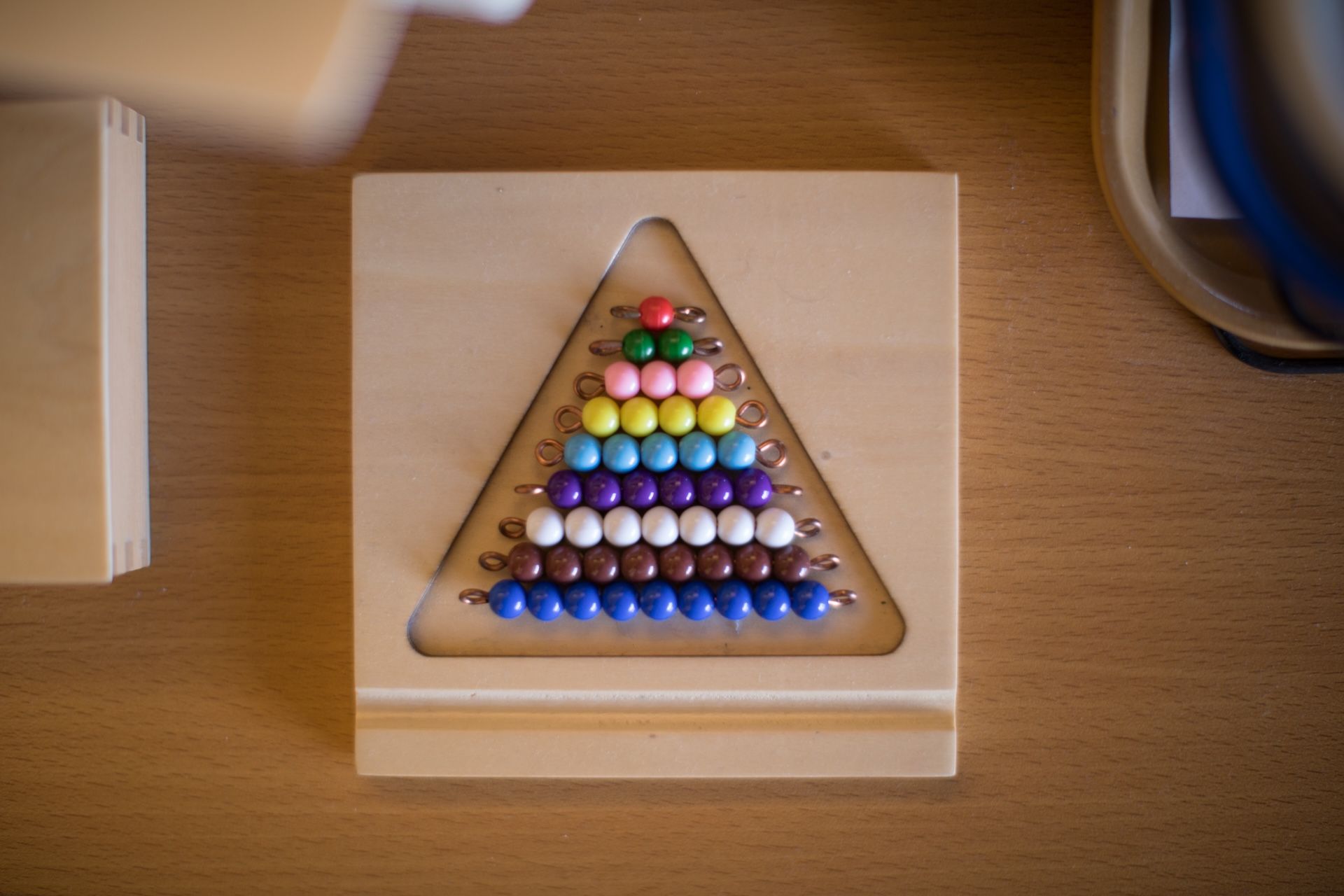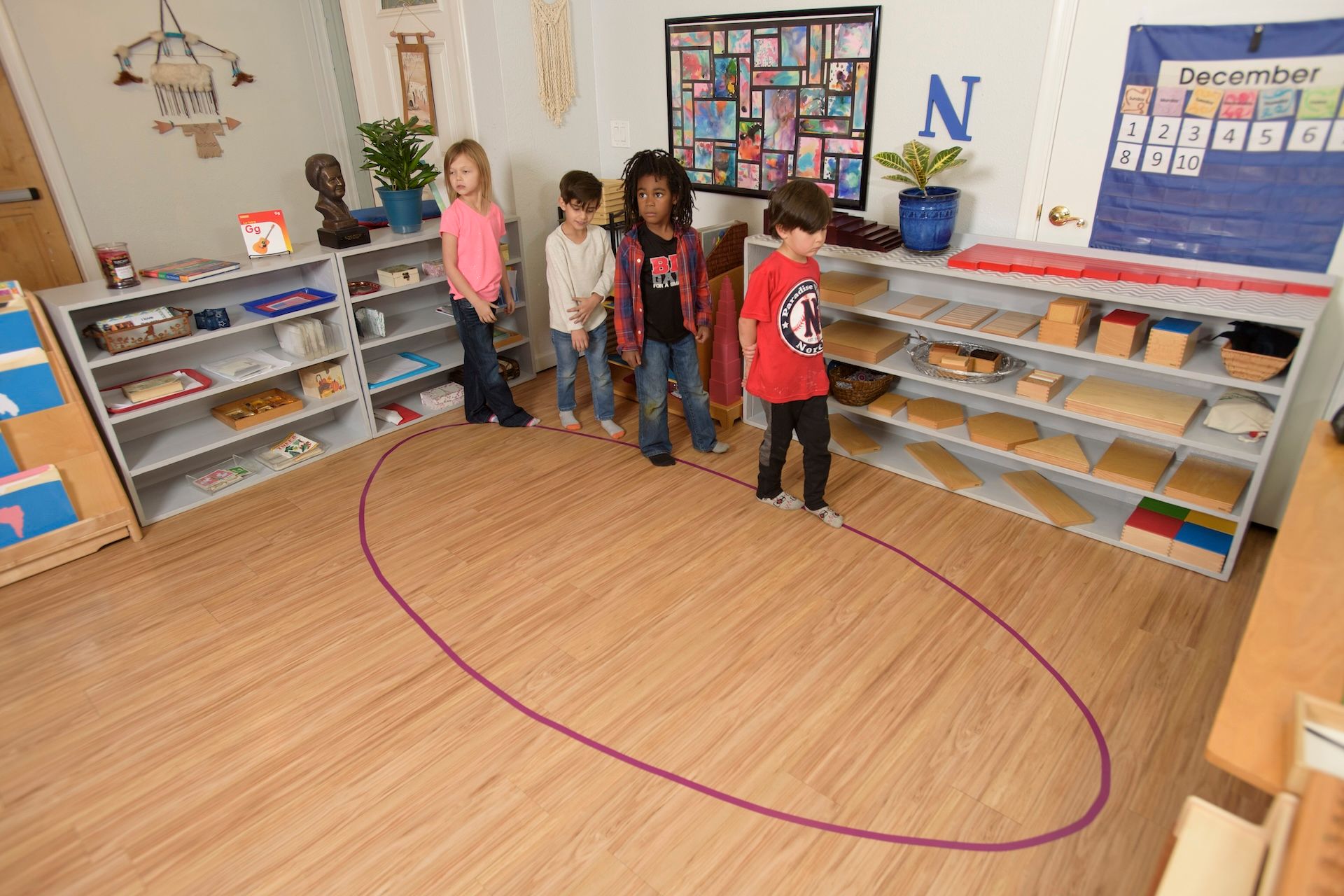A common worry for parents who are just learning about Montessori is the multi-age classroom. It is difficult to think, for someone with no experience in Montessori, that this departure from the normal structure of the classroom can be beneficial. Parents of older children worry that the younger children will eat up the teacher’s attention. Parents of younger children worry that the learning demands of the older children will eat up the time that their young ones need for emotional attention. But make no mistake, the multi-age classroom is one of the greatest innovations of Montessori.

Developing Emotionally
Many parents worry that the emotional needs of their children will not be met in a multi-age classroom. This could not be further from the truth. A meta-analysis of research done by David Pratt in the late 80’s looked at the effects of having age-segregated classrooms vs multi-age classrooms for a variety of outcomes. One of the things that he looked for was whether social and emotional development was favored in a conventional grouping or a multi-age grouping. Of 30 different studies, not a single one favored conventional grouping where emotional development was concerned. The simple fact is that students come out of a multi-age grouping with a better self-concept and a better attitude towards school.
Fitting In
Every child is different when it comes to their development. Some develop very quickly, others very slowly. In a multi-age classroom, students can interact with others who are on their developmental level regardless of their age. Students who are knowledgeable can stretch their abilities as a role model and mentor to students who are not as far along developmentally. In addition, students who develop faster or slower can always find others who are at their same developmental level to work with. Students make friends and build relationships at the pace which works for them. This sense of community helps foster a positive attitude towards education for every student involved.
We will leave off with a quote from the paper which sums up the multiage classroom:
“In small schools and multiage classrooms, teachers live with the daily challenge of working in environments that depart from the general norm, The creativity and inventiveness required exacts a toll in time and energy. But such educators may take encouragement from the fact that the mass of evidence indicates that, for their pupils, these environments are socially and psychologically healthy places. “
The post Benefits of Multi-Age Classrooms appeared first on Pebblecreek Montessori.
Hours
MONDAY - FRIDAY
HALF DAY: 8:30a – 12 noon
ACADEMIC DAY: 8:30a – 3:30p
EARLY CARE: 7:00a – 8:30a
AFTER CARE: 3:30p – 6:00p
OFFICE: 8:00a - 4:00p
Programs
Connect
Pebblecreek Montessori




